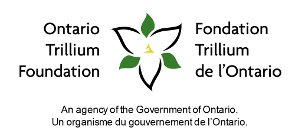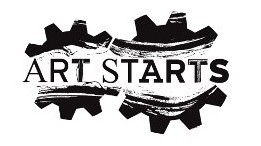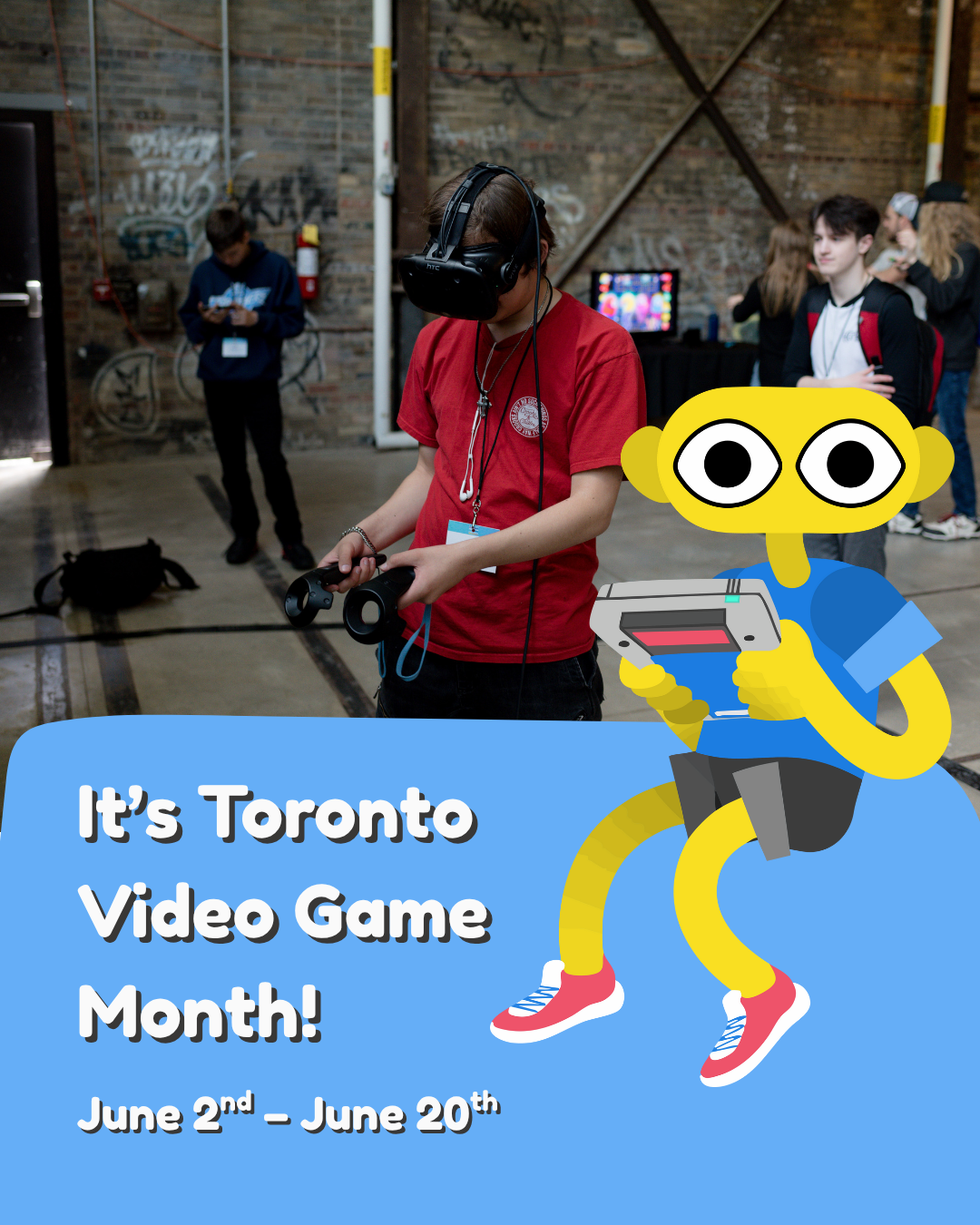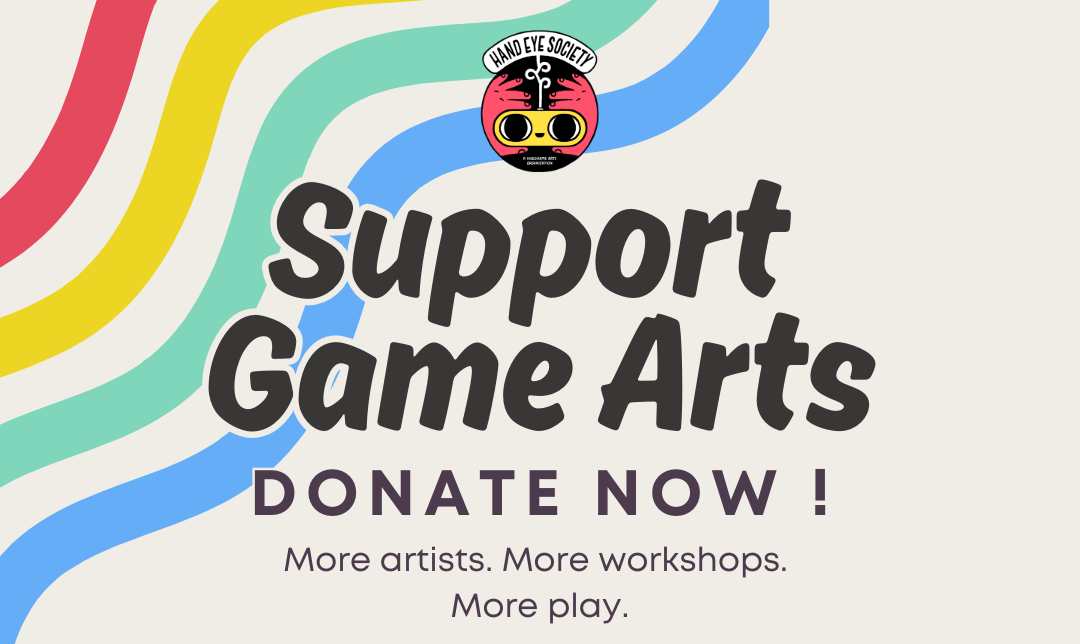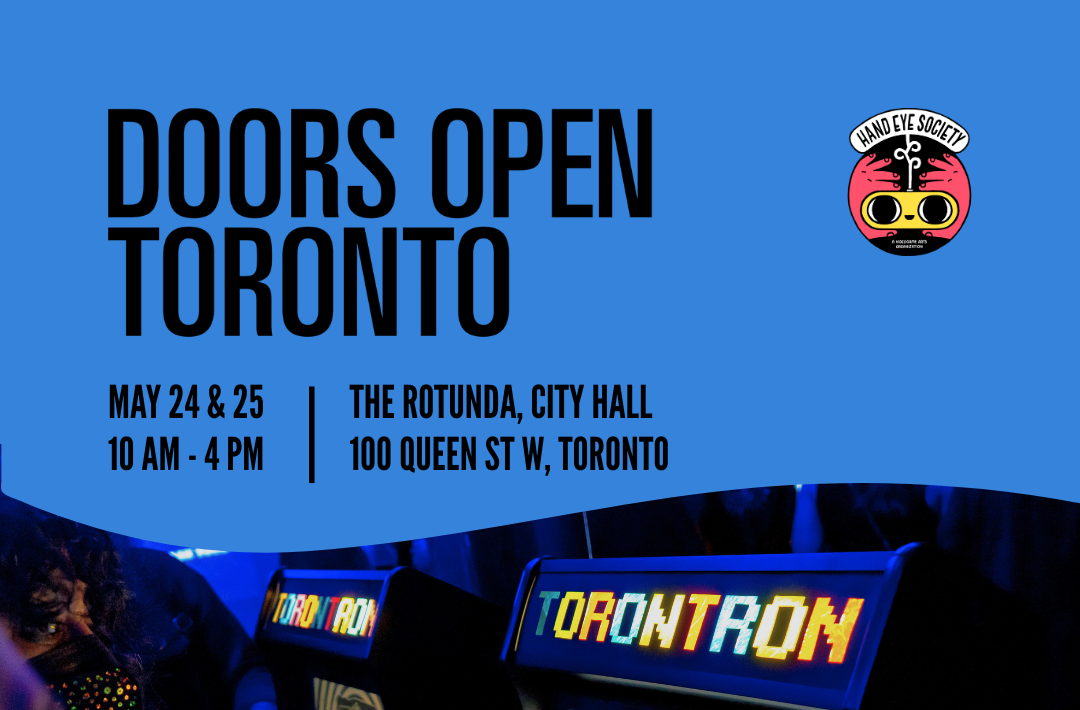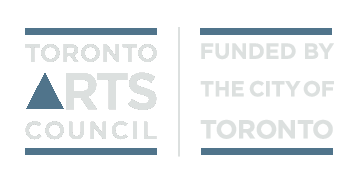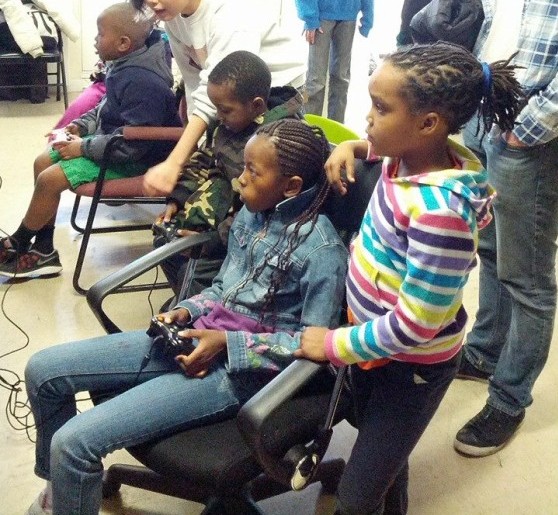
Game Curious At Glendower
Video by Brian Bernard.
This is what I remember after playing and making videogames with kids for 12 weeks:
Smushing pizza slices with our fingers. Kids shooting their hands up, ready to say how to save Drake, held hostage atop the CN Tower by Rob Ford and his Rob Bots. Watching a kid figure out how to code diagonal movement. The look on his face when he did. A brother and sister squabbling over how to beat the next level. Throwing shoes through playground monkey bars like basketballs. A boy screaming about how cool the Incredible Hulk is. Guitar strumming as a kid belts out a ballad to Mario and Luigi. A girl’s vow to make a game with Princess Peach beating up enemies. Regular hollers of “where’s the iPad” over the din of sugar-high kids screeching at the top of their lungs.
Oh yeah, and the videogames.
This spring, Game Curious teamed up with Art Starts at Glendower Circuit, a community in Scarborough. Every week we’d pile into two cars, lug several computers and an Ikea bag stuffed with tangled cords across the parking lot, and then hook everything up in a small apartment on the first floor. Kids occasionally popped their heads in early and asked us if we were ready yet. If we weren’t, they’d stay anyway and drink iced tea; their ratio of drink mix to tap water always seemed like several handfuls of powder to five drops of water. (And I’m pretty sure at least one kid just started straight up eating the powder.)
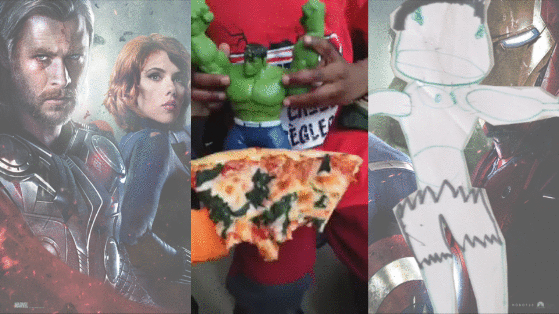
RIP spinach pizza ;_;
Much like the last workshop series that ran at the Toronto Reference Library, each workshop lasted two hours. The rooms would have several computer stations scattered around, with a different game related to the week’s theme running on each. A few iPads were there for kids who were waiting to play, as well as take photos and record sounds for their own games they would develop in the MAKE session.
The program was divided into two sessions, PLAY and MAKE. The first six weeks of PLAY had kids playing games relevant to each week’s theme, freely moving between stations. After about an hour and a half, we’d all huddle together and talk about how the theme related to our experiences playing the games, then do an activity based on the theme. The facilitators, Sagan Yee and Ken Cho, would usually lead the discussion. Volunteers led activities that involved the kids helping out, through yelling out answers, taking part in show-and-tell, or presenting their ideas to the group.
PLAY SESSIONS

image credit: Sagan Yee
WEEK 1
Theme: Toronto
Games: Scott Pilgrim VS The World, Lovers In A Dangerous Spacetime, Snow
What went down: Explored local games this week, Scott Pilgrim’s beat-em-up style drawing a big crowd. Fez captivated one kid for the entire session; he fiddled with how to manipulate the unique world mechanics for about an hour uninterrupted.
Best moment: One kid was obsessed with the Incredible Hulk. He’d draw him constantly, starting with an ample green bosom. If he wasn’t busy playing a game, he’d pull a helpless volunteer outside and subject them to an extended playfight where the volunteer would mostly howl “I’m dead” while lying on the ground.
WEEK 2
Theme: Family and Relationships
Games: Papa & Yo, Gone Home, Persona 4, Friendship in Four Colours, and Animal Crossing.
What went down: The theme was getting along, but every single kid had beef with each other. Squabbles were settled once kids got more into the activity (helping the Persona 4 protagonist get along with the school’s scariest person).
Best moment: Hulk kid brought his Hulk toy. We had spinach pizza for lunch this day. Hulk wasn’t too happy.
WEEK 3
Theme: Time, Inner and Outer Worlds
Games: Passage, Braid, others
What went down: This was a pretty heavy theme to tackle, but the participants were up to the challenge! The kids were especially fascinated with Passage, and once they figured out the basic mechanics, set about trying to beat each other’s high score. (If you’ve ever played Passage you know that this involves rejecting human relationships in search of sparkly treasures and probably isn’t the best takeaway, but this is why the group discussion part of the program exists!)
Best moment: During group time, some of the coordinators- inspired by Passage- talked about how their personal experiences and choices they’ve made have impacted the course of their lives. It was a good opportunity to have a discussion with the kids about how their actions can shape the future.
WEEK 4
Theme: Ability
Games: Fez, X-Men Arcade, VVVVV, Super Mario 2, Mario Kart, Octodad, QWOP
What went down: Mario Kart, regardless of age, is always brutal. VVVVV had a sibling duo struggling for a while and razzing each other for falling into traps, but they managed to get pretty far!
Best moment: The group activity had kids coming up with ways the Avengers could save Drake from Rob Ford and his Ford Bots. The best answers had every Avenger using a different ability to help out. One group of girls had the Black Widow save the day pretty much by herself, and of course Hulk kid had his favourite green guy taking all the glory.
WEEK 5
Theme: Race/Backstory
Games: Michael Jackson: Moonwalker, Ico, Jet Set Radio
What went down: The group of kids at Glensdower were almost all racialized, many black youth from ages 4 to 12. Race wasn’t a new concept to them at all, but the hard part was explaining how racial representation in videogames and the industry is very skewed. To put it bluntly: it took volunteers and facilitators hours just trying to find kid-friendly games with black protagonists who weren’t stereotypes. So we tried to focus instead on how they could be the future developers creating characters that reflected themselves, with an activity where they came up with backstories for their friends.
Best moment: The creation of Volley Girl, the best play-on-words character of the year. May she spike into all our hearts.
WEEK 6
Theme: Party!
Games: Super Smash Bros. tournament, every multiplayer game we had installed up to that point
What went down: Partyyyy x 2
Best moment: The kids chilling out! A nice pre-break from the game-making we would be faced with afterwards.
MAKE SESSIONS
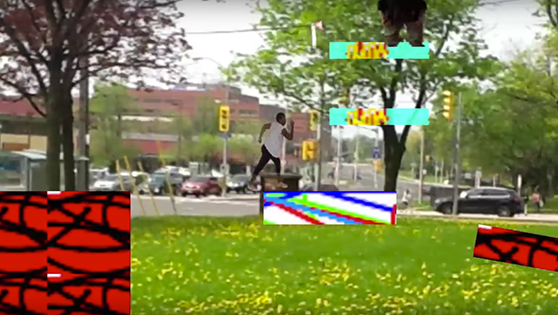
Screenshot from Glendower Game (see the video at the top of this post for actual footage)
The six weeks of Game Curious MAKE went by in a flash as we set about teaching the kids how to make their own videogame. This program started out with basic concepts, such as identifying the different types of game assets in a simple platformer (backgrounds, player characters, NPCs, projectiles) and moved into more hands-on demonstrations. We started off with an exercise where we taught a robot (played by coordinator Al Donato) how to bake a cake by “inputting” verbal commands in the proper order. By using a process the kids were all familiar with, we were able to show how computer logic is similar to baking a cake, in that it is a set of instructions that produces a desired outcome if done in the proper sequence. For example, when prompted for commands, some of the younger kids excitedly told the robot to put the icing in the mixing bowl before any other ingredient. Eventually they figured out that this wasn’t the right command to start with, and the cake-baking was successful!
Some of the other exercises included “modding” an Angry Bird clone in Stencyl so that the kids could slingshot photos of their own heads into a pile of bricks; learning how to build “magic portals” in Twine and writing interactive stories about each other and the coordinators, with hilarious and sometimes uncomfortable results; breaking down the frames of a Sonic the Hedgehog running animation to see how sprites move in videogames; and using Makey Makeys (generously lent to us by Dames Making Games Toronto) to transform pencil markings, water, Play-Doh, pizza and even their own bodies into alternative controllers. A few participants even managed to create their own mini-games using programs like Scratch, such as a game where a kid trashes his sister’s room while everyone else has left the house (the father of the game creator insists that this was not based on true events, and that the participant in question doesn’t even have a sister). The Makey Makey session was particularly active, with one kid screaming “It’s magic!!” over and over when shown how to turn a glass of water into a makeshift piano, and we all learned that pepperoni pizza = the greasiest Dance Dance Revolution controller ever invented.
The big project of course was collectively creating a game about Glendower and the Game Curious participants. The engine we used for this was Construct 2, as it was a relatively simple program with which co-coordinator Ken Cho was familiar. Each of the kids had their own learning style and field of interest when it came to game-making. Some participants enjoyed creating pixel art on the computer, while others preferred to draw their art by hand using paper and markers. The two iPads we had borrowed for the program transformed from gaming devices into artistic tools, as the participants used the Camera function to take photos of their own neighbourhood to use as backgrounds. We even had the kids take turns photographing each other in various Mario-like poses so they could be inserted as characters within the game world!
One aspect of game creation which the kids especially enjoyed was Music and Sound. All of the audio in Glendower Game, including sound effects, was recorded at Glendower using the kids’ natural talents at rap and noise-making. Art Starts coordinator Frost was even able to provide guitar accompaniment for the Game Over song.
As is usual for Hand Eye Society game-making programs, we held a final showcase in which we burned the game files to CDs which we had gotten the kids to decorate and handed them out during an Art Starts back-to-school BBQ. I think we learned almost as much as the participants did, and we definitely hope to return to Glendower some day with another gaming event!
This is the end of our long-awaited recap post about Game Curious Glendower. As of November 2015, Game Curious is in the beginning of its 6-week MAKE phase at Art Starts Villaways, in North York. The current coordinators are Al Donato, Kadeem Dunn, and Krystle Mackenzie, and the lead coordinator is Ken Cho. For general info and volunteer opportunities, please read on!
Game Curious is one of many initiatives run by the Hand Eye Society that aim to promote videogames as an art form to a wide and diverse audience, including WordPlay (an annual celebration of interactive fiction and wordy games) and game-making workshops like the Artsy Games Incubators. If you’re interested in supporting programs like these, there are several options:
- BECOME A MEMBER: Hand Eye Society membership is $7/month and helps pay for programs and initiatives like Game Curious. It also helps us rely less on government grants, which are not guaranteed sources of revenue from year to year.
- VOLUNTEER: Many of the current coordinators of Game Curious were volunteers before they took on more advanced roles. It’s a great way to get involved with one of the Society’s most unique and rewarding programs, and once you log 10 hours, you get a year’s worth of free membership (see the Membership page above for details)!
- DONATE EQUIPMENT/GAMES: We are always on the lookout for much-appreciated equipment donations, especially monitors and gaming consoles. Many of the games we’ve found have been particularly effective in introducing young people to indie games can be found on Steam, Wii U, and PS3. Other things we are in need of include: Makey Makeys, speakers, and extra controllers (Wii, PS3, Xbox).
For more information about Game Curious or the Hand Eye Society in general, please contact: info@handeyesociety.com.

